#Dye
Text


Shihoko Fukumoto: 'Tea Room :: Mist' (1990) comprising walls of indigo-dyed linen
3K notes
·
View notes
Text

Names of shades and when in Regency England they were most popular.
#fashion#fashion history#regency fashion#colors#dye#19th century#19th century fashion#regency#empire#empire fashion#'i don't care what mama says; jonquil is NOT a racketty colour!'#gimme that pomona green tho
996 notes
·
View notes
Text

new cub skin
#baxbrush#convex#hermitshipping#implied anyway#cubscar#hermitcraft#hermitcraft fanart#ate a die#dye#or seven#do NOT let this guy near an open flame he will explode i fear (but im sure it will be very beautiful)
556 notes
·
View notes
Text
The logwood came yesterday, I pured boiling water over it (20g). Let that soak for 24 hours (approximately) and boiled it for 3 hours.
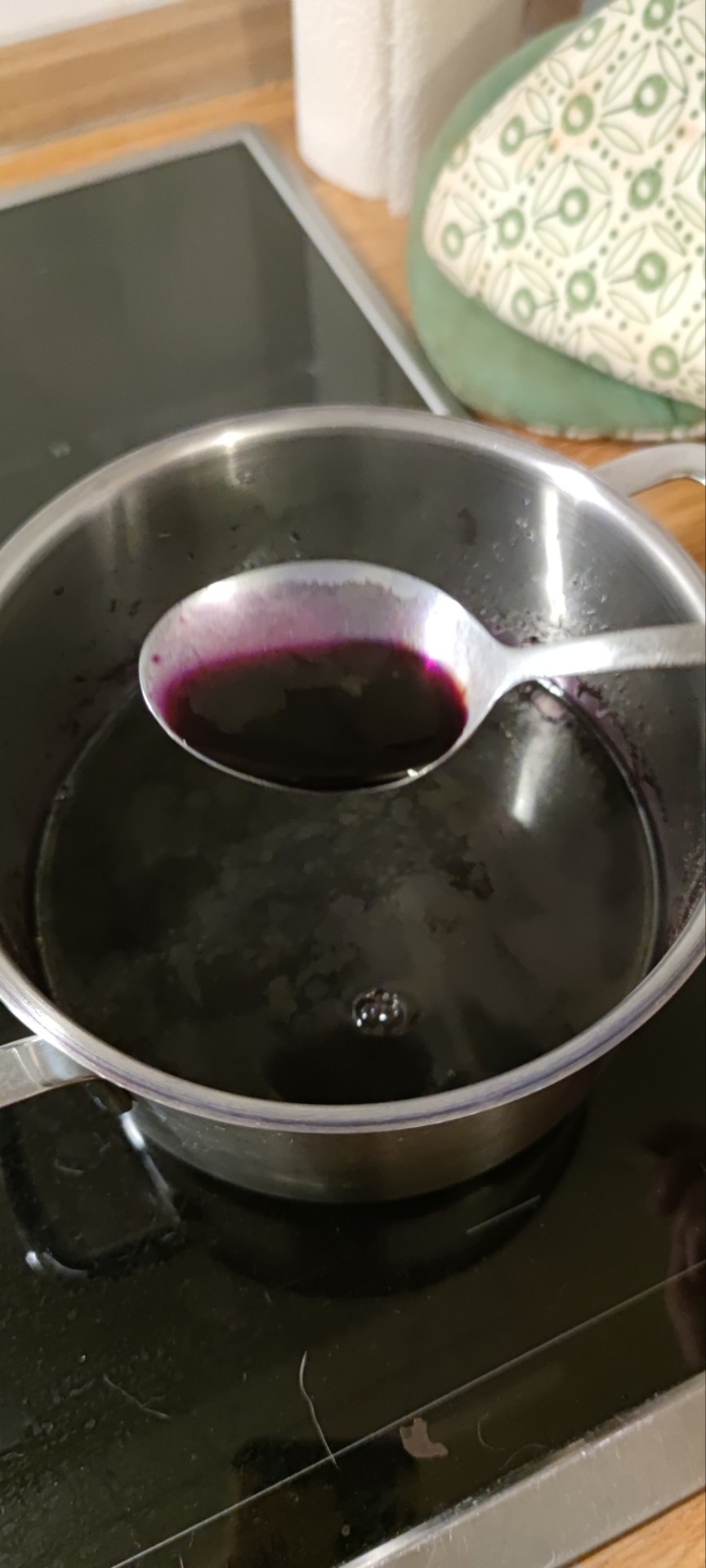
Look at the richness and color!!!!
This is supposed to dye 100g of wool lavender, I'll report back tomorrow!
840 notes
·
View notes
Photo


Banyan
c.1750
Coromandel Coast, India for Western Market
LACMA (Accession Number: M.2005.42)
#banyan#fashion history#historical fashion#menswear#mensfashion#1750s#18th century#india#cotton#paint#dye#1750#1755#1759#georgian fashion#georgian era#lacma#fucking LOVE the back
760 notes
·
View notes
Text
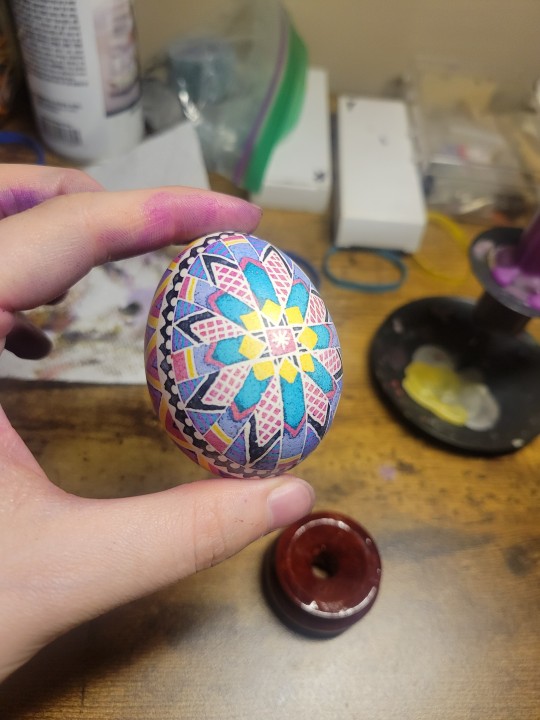


More pysanky done recently.
185 notes
·
View notes
Text

Things spotted on the walk to work that are also things a late Bronze Age/Early Iron Age Mediterranean marketgoer might see.
#dye#phoenician#bronze age#iron age#im bad at tagging this is all you get#ancient history#found one more#think im out now tho
167 notes
·
View notes
Text

Martha Tuttle
like the sky before a tornado - strange, silent, foretelling
2022
Wool, silk, linen, pigment, dye
48 x 72 in.
139 notes
·
View notes
Text
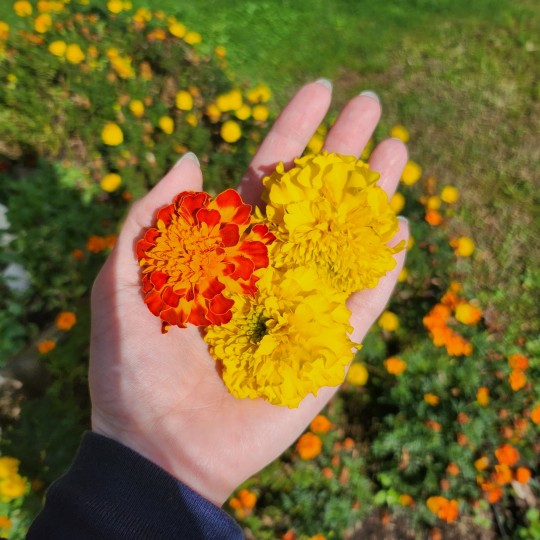
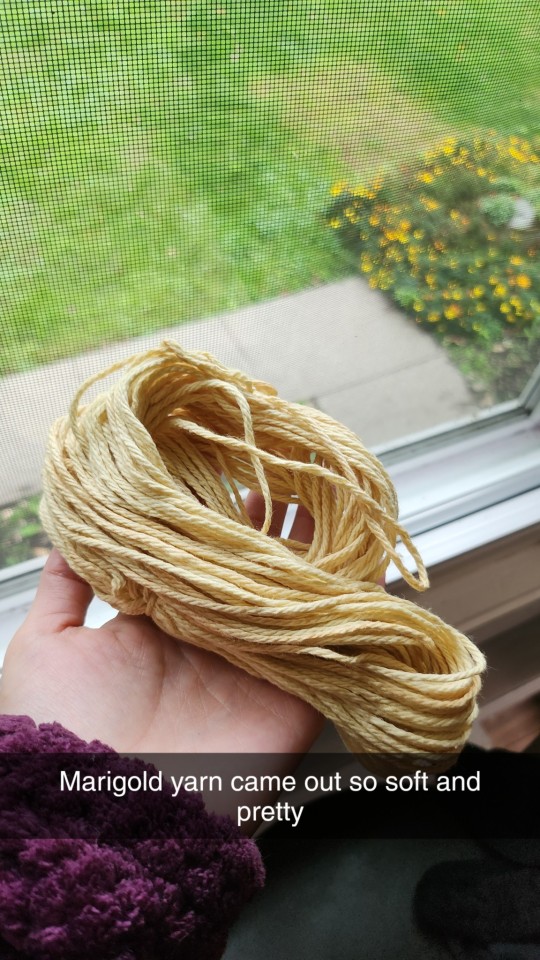
I dyed some cotton yarn with my mother's marigolds
The color came out a very soft yellow. Feels a little nostalgic
I used no mordant this time, as an experiment
131 notes
·
View notes
Text
Dyes widely used in the textile, food and pharmaceutical industries pose a pressing threat to plant, animal and human health, as well as natural environments around the world, a new study has found.
Billions of tons of dye-containing wastewater enter water systems every year, and a group of researchers from the UK, China, Korea and Belgium say that new sustainable technologies including new membrane-based nano-scale filtration are needed to solve the issue, adding that legislation is needed to compel industrial producers to eliminate colorants before they reach public sewage systems or waterways.
Published today in Nature Reviews Earth & Environment, the study Environmental impacts and remediation of dye-containing wastewater was written by academics from the University of Bath, the Chinese Academy of Sciences, the Fujian Agriculture and Forestry University, the Korea Institute of Energy Technology (KENTECH), and KU Leuven, Belgium.
The research highlights that currently, up to 80% of dye-containing industrial wastewaters created in low- and middle-income countries are released untreated into waterways or used directly for irrigation. The authors say this poses a wide range of direct and indirect threats to human, animal and plant health
Continue Reading
124 notes
·
View notes
Text



Miu Miu: Red Dyed Leather Mini Skirt Spring/Summer 2018
1K notes
·
View notes
Text

bather by katarina riesing, 2021, dye on embroidery on silk crepe de chine, 18 × 14.5 inches
61 notes
·
View notes
Note
Do you think it might be the oil/heat of your hands thats making the dye leak as opposed to Water?
I don't think so, there wasn't any oil involved when they got wet from the snow, and not much heat.
A whole bunch of people are suggesting different things in the comments, and the one that sounds the most likely to me is that it's a dye that bond specifically to protein. And maybe they used too much of it?
I don't know much about leather dye, but I've got a fair bit of experience with acid dyes, and they work just like that. They don't bond with the water at all, and they barely stain cellulose fibres, but they stick to wool and silk so well that (unless you've used too much dye) the fibres suck all the dye out of the pot and leave you with mostly clear water.
Also, when I got home that day, one little corner of the wet purple glove accidentally touched one of my ivory coloured ones and left a tiny purple spot.
It would be interesting to try some experiments on more scraps, but that'll have to wait a while because I'm getting ready to move and have just packed up all my leather.
#I'm excited to move! I'm going to have more space! I'll have a real actual sewing room for the first time in all my 29 years!!!#(29 years of life not of sewing. I have only been sewing for about 12 of those years)#I'll be able to bring my big cutting table and my mannequin from my parents basement!!#ask#dye#leatherwork
87 notes
·
View notes
Photo


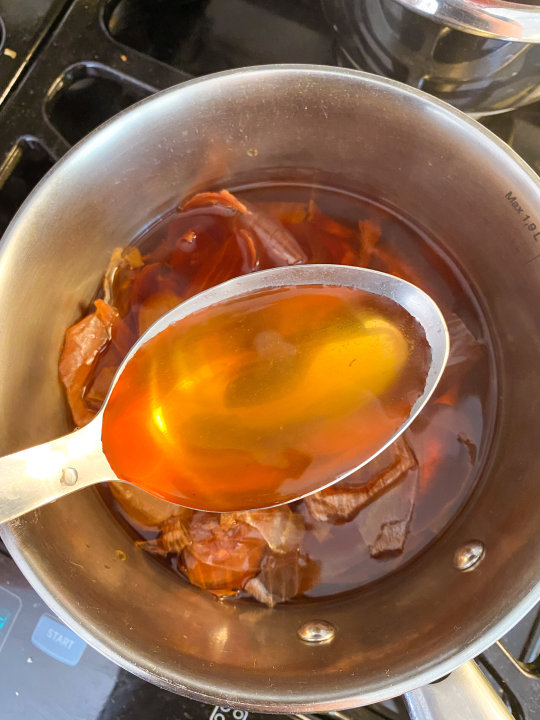


DIY Naturally Dyed Face Masks
We’re big fans of sustainability and DIY, so we thought why not combine the two and dye our face masks by using our natural food scraps!
✖✖✖✖✖✖✖✖
sew-much-to-do: a visual collection of sewing tutorials/patterns, knitting, diy, crafts, recipes, etc.
#DIY#dye#natural#naturally#dyed#fabric#cloth#face mask#face masks#sustainability#sustainable#green#cottagecore
221 notes
·
View notes
Text
Working on a Chilchuck cosplay from Dungeon Meshi and figured I should document it! It's going to take a while because I don't have a lot of money right now, but I'm getting what I can done while I look for a job.

So, here's the progress on the scarf as of Feb 11, 2024
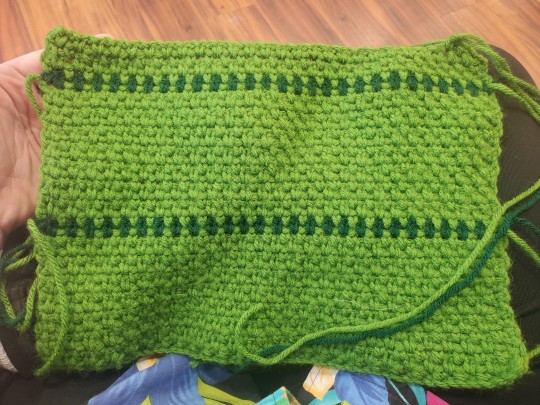
I'm crocheting it using a moss stitch with weight 4 yarn and a 5mm hook. After I've gotten it long enough, I will connect the short sides to make it an infinity scarf like the one he wears.
Next thing I needed to do was dye a shirt, because I have plenty of white long sleeve button ups, but his is more of a brownish-creamish color. Here's the shirt I ended up using. It has some tiny blue stains (I don't know what they are...) but that area will be covered by the armor anyway.
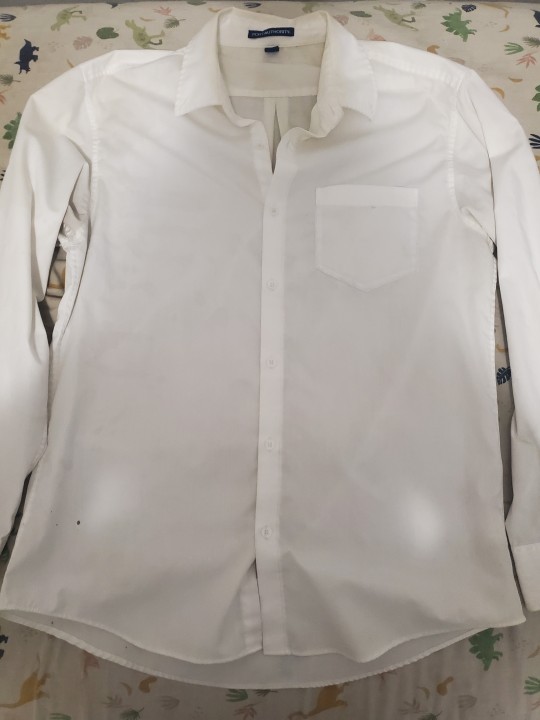
The dye that I used was actually tea, because I didn't want the shirt getting TOO dark.
Here it is in the dye pot.
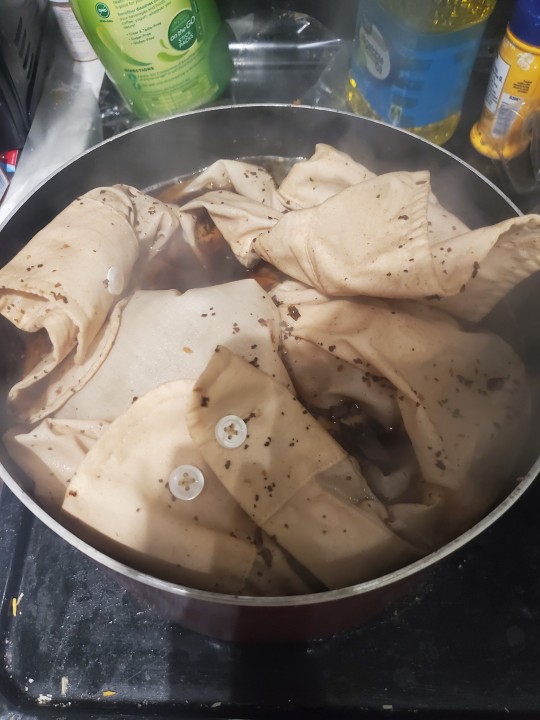

Will be updating this post as I go!
#cosplay#chilchuck#chilchuck dungeon meshi#chilchuck cosplay#dungeon meshi#dungeon meshi cosplay#crochet#dye
51 notes
·
View notes
Note
Hello! I love your blog bc it helps me a lot with writing and crafting. Thank you so much for making it!
Are there any patterns that deal with poison? Either in the pattern or in the dyeing process?
Even if there's not I'm glad you and this blog exist 💗
(anon continues) Poison in the dyeing process, like when green dresses were dyed with copper arsenite and it was extremely deadly.
Or a pattern of someone being poisoned, like a historical/folktale.
_______________________________________
Thank you for your kind words <3 I tried to keep things organized but the subject is huge so my of the top of my head answer is going in many directions. I hope you'll still find what you need :3
I'll briefly cover here dyes and (pigments), poison motifs, real life and supernatural poisonings. Buckle up we've got a long post ahead!
____ ABOUT DYE
Tbh I had to think for a moment because I don't recall major "poison" stories linked to dyes in Japan, be it fictionous or real (yet that doesn't mean none ever happened, especially considering Japan's history of industrial poisonings...).
Most gruesome details in the fabric industries I know of are about the horrific life & work conditions of female laborers in spinning mill manufactures (as in many countries, Japan industrialization process was ghastly...).
If potters and dyers had excellent practical knowledge, chemistry as a science officially started kind of late in Japan as it was not a local interest, and as rangaku (study of Western knowledge) often favored other subjects like medicine or warfare.
So, until the introduction of aniline dyes (not textile related, but this article about the use of synthetic dyes in ukiyoe printing is super interesting), Japanese worked with "natural" dyes, like ai (indigo) which was the most used during Edo period.
As with any ingredient, being natural doesn't equal safety. Some mixtures could be quite potent/foul, and process could be dangerous. Plants and minerals base ingredients could be toxic (cinnabar and orpiments were then used as paint pigments, and lead could be found in make up), as were mordants used to set colors.
If you want to easily overview which ingredients were used to create colors, I recommand browsing [Irocore] which presents colors with explanation in English in their database (pick a color then scroll down).
Not related to poison, but ai (indigo) is traditionally prepared in aigame/enormous floor set jars I find utterly terrifying:
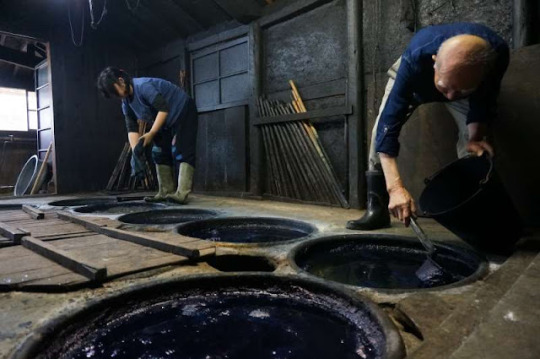
I don't know if this tidbit can help you, but some dyes and mordants actually damage the fabric overtime, leaving them brittle (silk desintegrates after a while which is a huge issue in textile conservation).
____ POISON MOTIFS
Concerning "poison" themed patterns, none would be actually used traditionally on a kimono or an obi beside novelty items ^^;
For example, many plants can be toxic, but I don't see them set as pattern for this property - they'd rather refer to a poem, be a symbol of the passing of seasons etc. Fuji (wisteria) can be quite harmful, yet it's a beloved traditional motif in Japan.
You have much more chances to find pattern with kujaku (peacock) which are thought to be impervious to poison in Buddhism, than say venomous mukade (centipede) or the horrific ômukade (a youkai I covered in a folktale).
Snakes like the habu and mamushi are dangerous, but if used as pattern snakes are most often auspicious and linked to rain dragons or goddess Benzaiten.
If you squint hard, toxic fugu could count as poison pattern, but such a seasonal delicacy as a motif would mostly underline wealth (as those fishes are pretty expensive as they are prepared by specialized chefs), a kind of carpe diem spirit, or just a fun pattern because fugu balloon shape is cute ;)
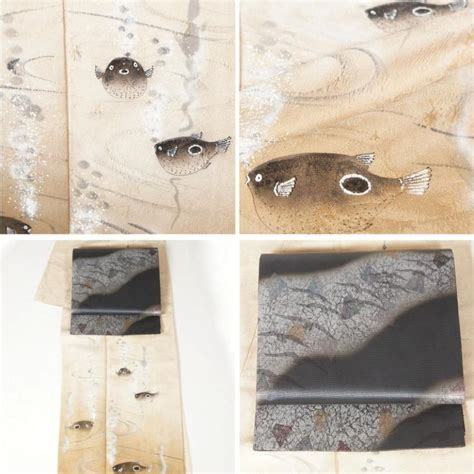
____ POISON MURDERS
Poisoning was certainly a thing is Japan since ancient times (see kodoku sorcery). Poisons were for example used in some fishing techniques.
I am pretty sure some kuge and buke were disposed of this way - even thought poison was seen as a coward weapon (hence why its supposed to be only used by shinobi/ninja - even if this "fact" is opened to a lot of discussions!).
During Edo period, such murders made up the news and penny dreadful-like illustrated books favored by city dwellers in need of a fright. But those stories didn't pass to posterity beside cheap ukiyoe plates, and were never as popular as some shinjû (double suicides) or ghost revenges like poor poisoned and murdered Oiwa's:
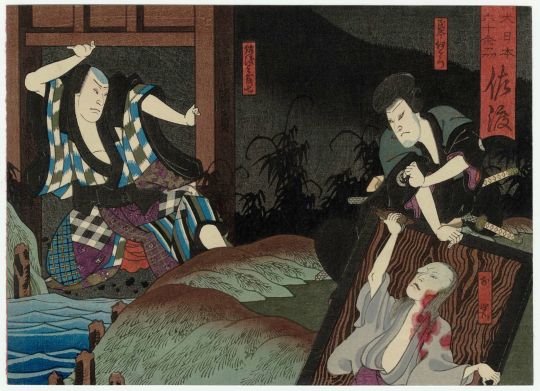
____ SUPERNATURAL POISONINGS
If your poison is both physical and metaphorical illbeing, mushi could be your guys ^^ This term actually covers everything small and crawling, from real worms and insects, to anything inside one's body causing distress - be it a parasite, an unknown illness, an overboard emotion, a curse etc. If you've read/seen Mushishi you've got what I mean:
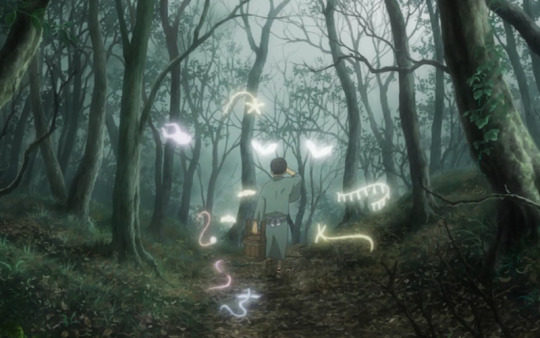
In fact any illness-causing being could count as poison-bringer. Hôsôkami (smallpox demon) was truly feared by all before vaccination was introduced in Japan.
Finally, continuing the supernatural poisoning trail, best girl is probably legendary fox witch Tamamo no Mae who among other terrible deeds made emperor Konoe fall sick with poisonous miasma (some version of the story attributes the disease to another monster, the nue). I covered a similar murderous kitsune folktale here.
#ask#japan#japanese history#dye#pattern#motif#poison#venomous#illness#natural dye#aniline dye#mordant#pigment#kujaku#peacock#mukade#centipede#omukade#youkai#snake#hebi#mamushi#habu#benzaiten#fugu#mushi#insect#mushishi#Hôsôkami#smallpox demon
109 notes
·
View notes